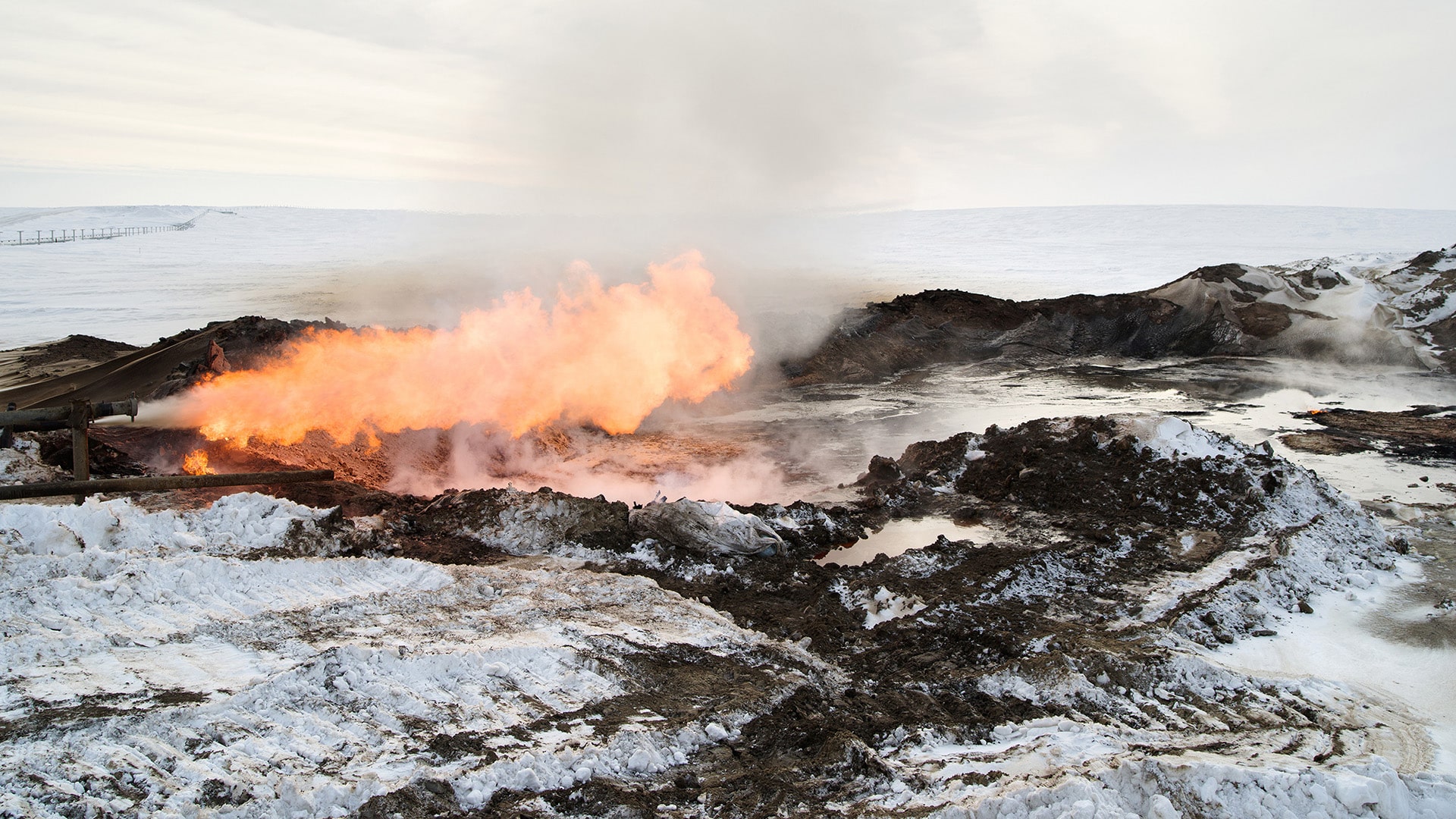The festival, which takes place in northern France, chose anthropocene as its theme this year, i.e. the age when human activity began to have a significant impact on our planet’s ecosystem; images that can be violent at times and that take a hard look at our actions.

You’re getting blind.
Don’t miss the best of visual arts. Subscribe for $9 per month or $108 $90 per year.
Already suscribed ?



